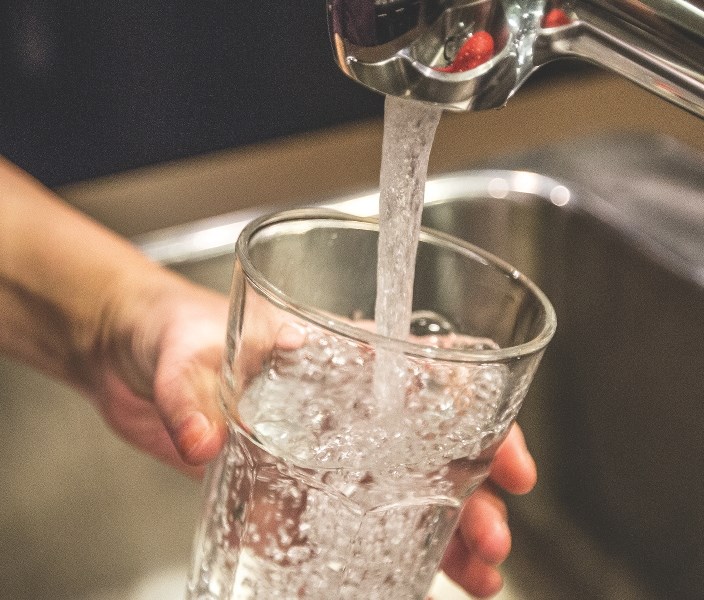Turner Valley merchants will have to dig deeper into their pockets to pay their water bills.
Turner Valley Town council approved an increase to its commercial water rates effective March 1. The move will close the gap between the residential and business water rates.
The increase will appear on merchants’ May bill and is expected to cost the average business owner an additional $45 per month, and there will be another increase of $45 per month again in 2017, said Barry Williamson, Turner Valley chief administrative officer.
“They were quite a bit under the residential,” he said of the commercial water rates. “That’s why it’s being done over two years. We are bringing them up so it’s a more equitable recovery of water costs and equitable paying of water costs.”
Previously, commercial businesses paid $1.35 per cubic metre for the first 50 cubic metres of water used. The rate rose to $1.45 for water use 50 cubic metres to 100 cubic metres and then $1.55 for more than 100 cubic metres of water consumed.
Rates will rise to $1.95 per cubic metre for all commercial businesses starting March 1. They will rise once again to $2.35 per cubic metre on March 1, 2017 to bring the rates on par with residential rates.
Heather Thomson, Turner Valley legislative services manager, said the increase businesses experience will depend on how much water is being used.
Eau Claire Distillery owner David Farran said the rate change will impact his business during these tough economic times.
“We are a water user and one of the few commercial water users in Turner Valley so yes it would definitely affect us,” he said. “Raising rates in a tough economy is not always the best for business. It obviously affects our ability to operate.”
The increase will also impact a 12-unit apartment complex, which will experience an estimated increase of $4 per month per unit, and two four-plex units, which will see an estimated increase of $1 per month.
Thomson said the apartment and four-plex units were listed under a separate clause in the bylaw for several years and required the small increase to bring them up to the residential rates.
“It’s been like that for many years, we have no idea why,” she said. “We’re cleaning up the bylaws so they will be billed as residential from now on, which they are.”
Turner Valley’s commercial and residential utility bills will soon be the responsibility of the Sheep River Regional Utility Corporation, which will operate the water treatment plant in a partnership between Black Diamond, Turner Valley, the MD of Foothills and Longview.
The change is expected to become official in late winter or early spring.
“We haven’t transferred all of the agreements and approvals,” Williamson said. “Once it transfers, the corporation will set the rates going forward.
We will have this year to get it operating under the corporation’s name and we will have a structure set up for that. I don’t expect anything radical when the corporation gets up and running.”
To prepare for the operation of the corporation, Williamson said both Black Diamond and Turner Valley have been attempting to get their water rates to a level where all operating costs are recovered through billing.
“Part of this transition is looking at the cost structure and calculating what that looks like,” he said. “The key is to get the rates as close as we can to what those utility rates should look like from an operating point of view. You’ve got to recover those costs as best you can.”
Water bills cover operating costs, including inflation, growth and regulation costs. Williamson said the Town puts money into a utility stabilization reserve to cover capital costs.
“We will draw from that when we have to when we see sudden spikes and offset levies,” he said. “We try to get it through grants and reserves when we can.”
Williamson said he does not foresee any large increases in water rates through the corporation, especially with the trend of water usage in the community since the 2013 southern Alberta flood.
“We have not seen a huge spike in water usage and demand after we came out of the flood,” he said. “We were on restrictions for 18 months. When we came off of restrictions it was quite impressive the way the public learned to conserve.
“There has been no return to the usage prior to the flood. The numbers show significant conservation by the public.”




